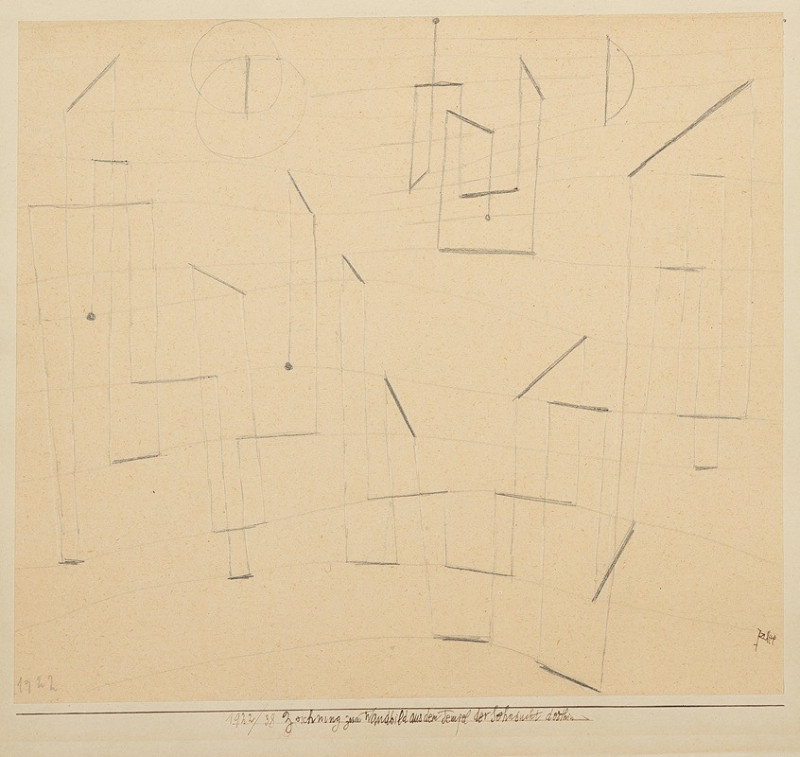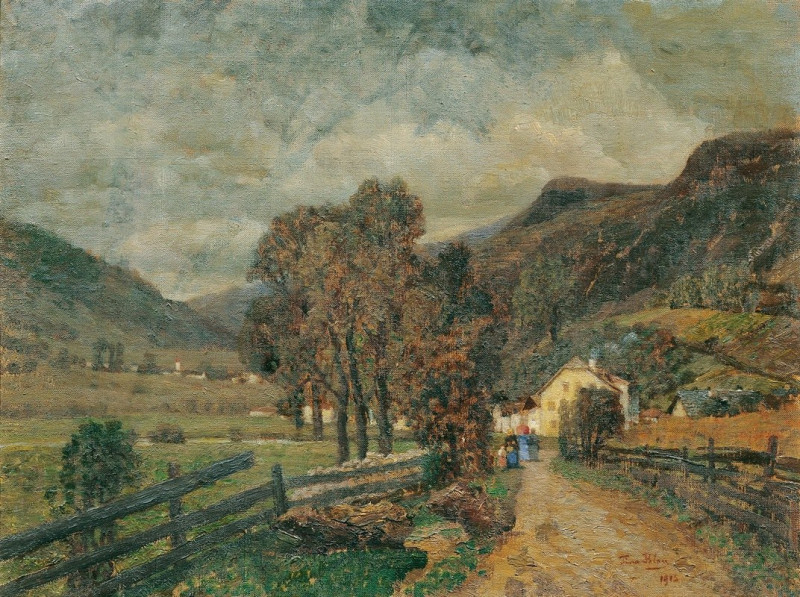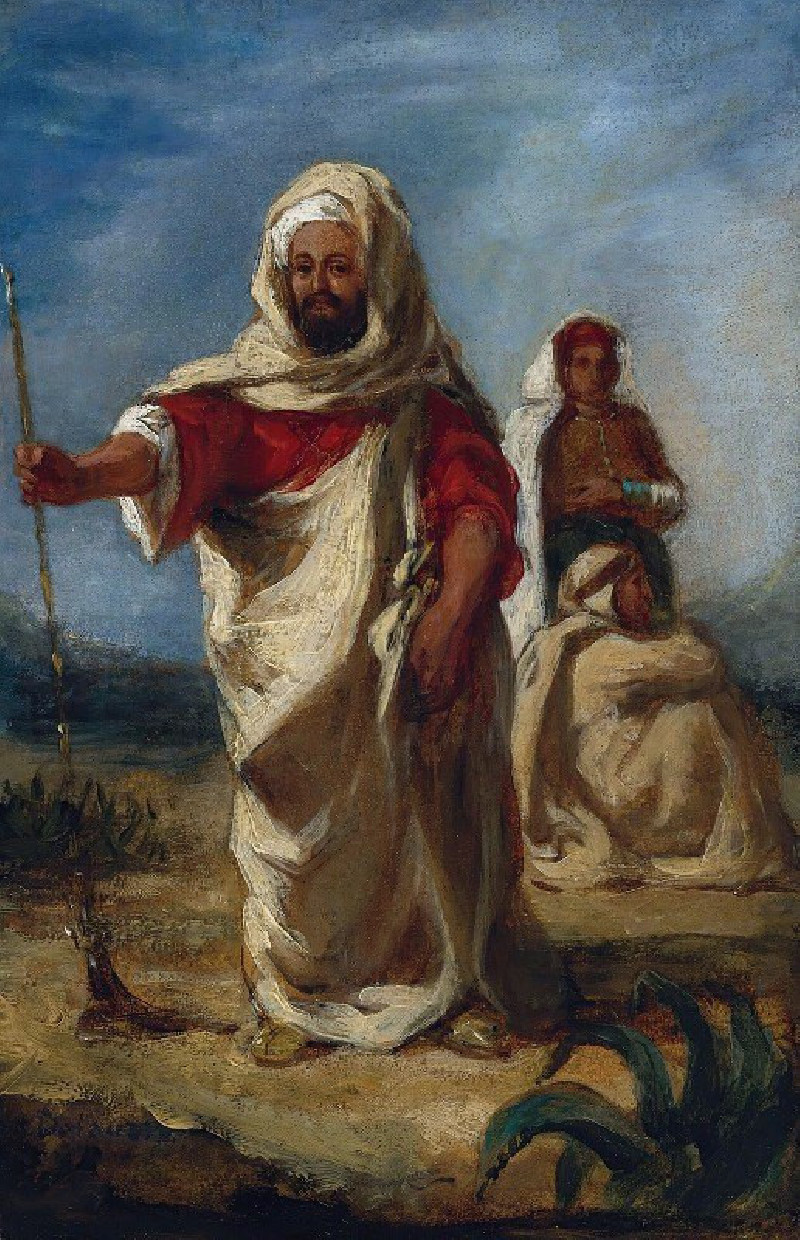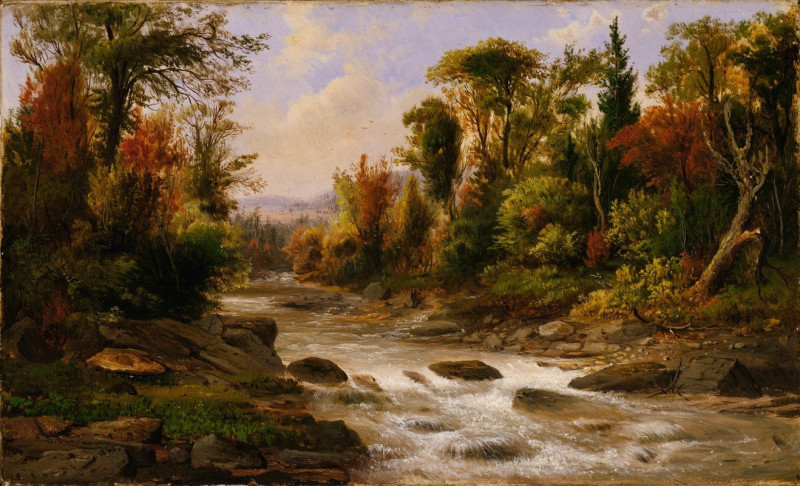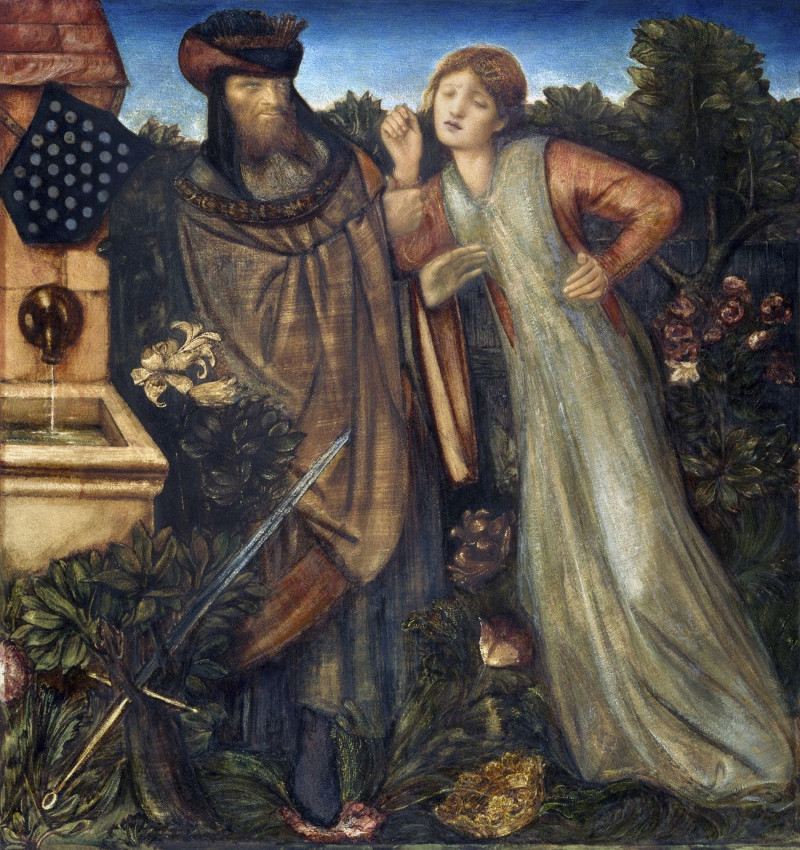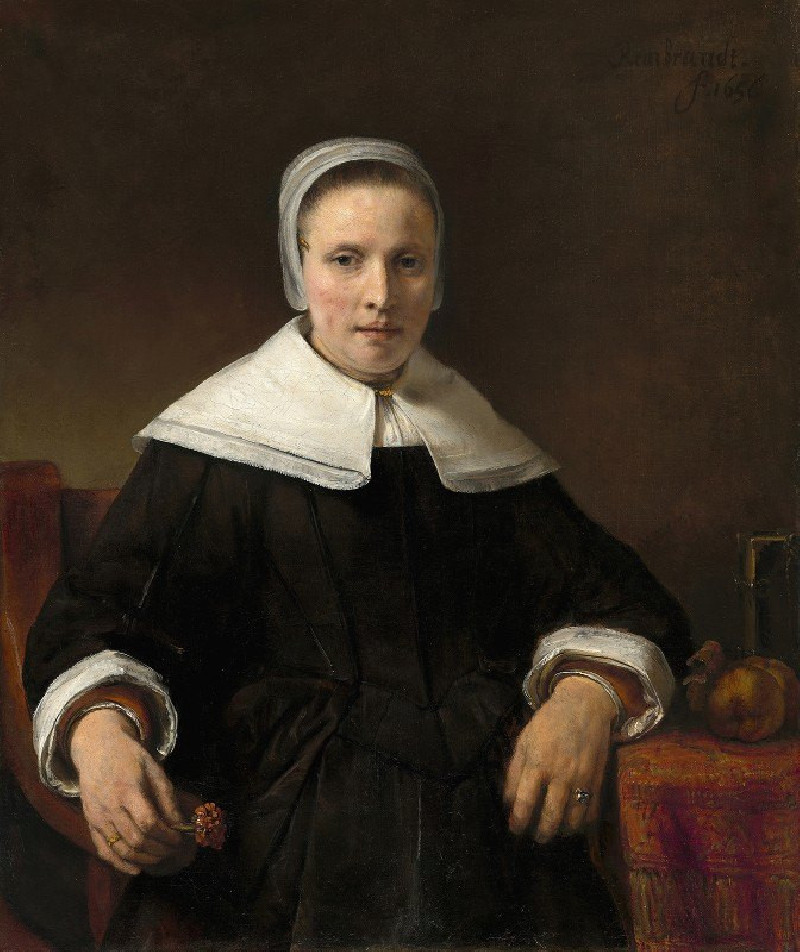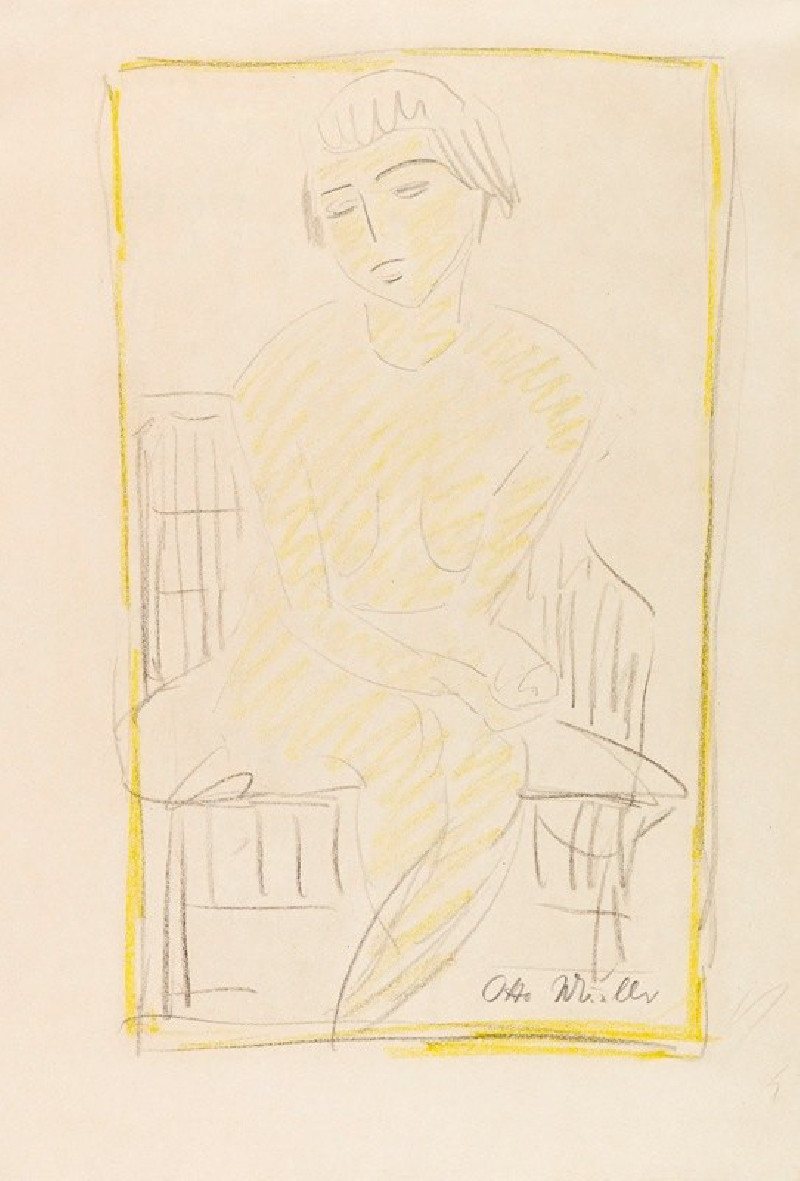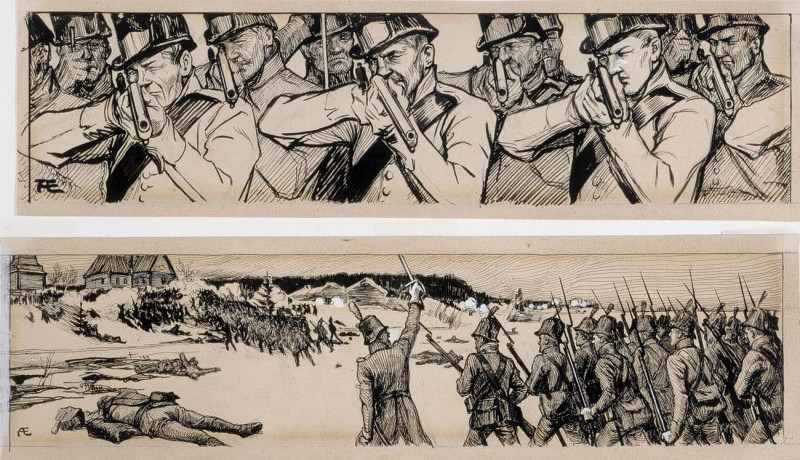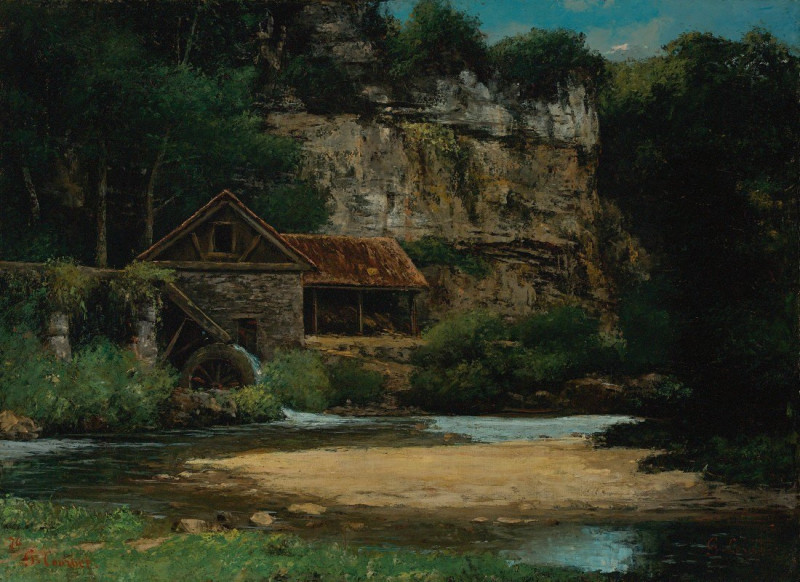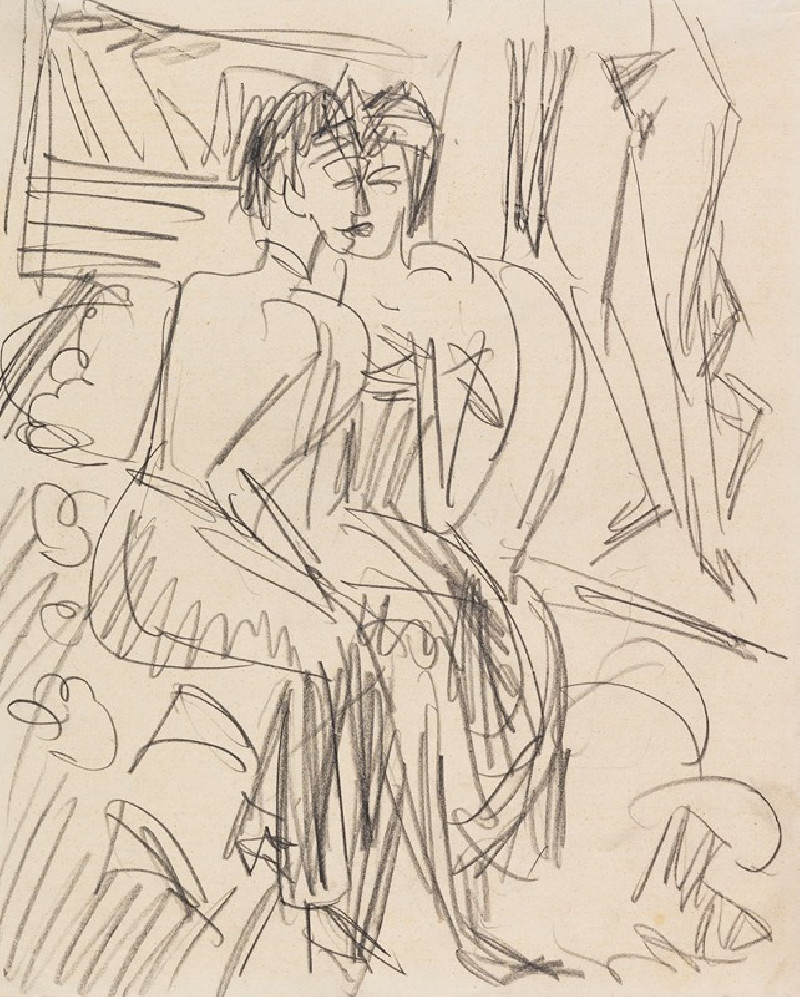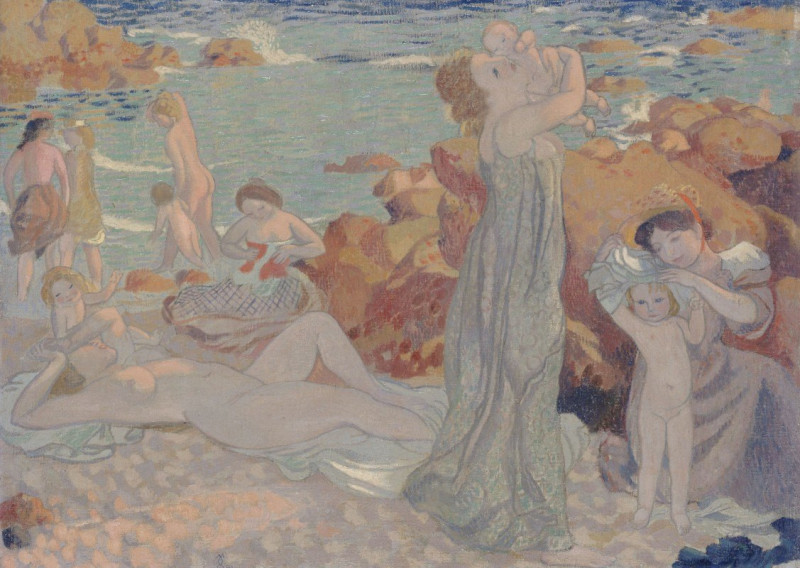Zeichnung zum Wandbild aus dem Tempel der Sehnsucht dorthin (Drawing for Mural of the Temple of Desire thither) (1922)
Technique: Giclée quality print
Recommended by our customers
More about this artwork
Paul Klee's 1922 artwork, titled "Zeichnung zum Wandbild aus dem Tempel der Sehnsucht dorthin" (Drawing for Mural of the Temple of Desire Thither), offers a captivating glimpse into the abstract and symbolic realm for which Klee is renowned. This drawing exhibits an intricate composition of geometric and architectural forms, rendered with delicate pencil lines on a textured tan paper. The artwork plays with perspectives, featuring overlapping shapes and floating elements that create a sense of depth and dynamism.Klee's drawing seems to explore the themes of desire and aspiration, as suggested by the title. The geometric shapes, which are disjointed and yet harmonious, may symbolize the complex paths and structures we construct in our quests for fulfillment and understanding. The subtle use of lines suggests minimalism but conveys a rich narrative about the human experience—our dreams, our struggles, and our innate drive towards something greater, something beyond the immediate and visible.As a preparative study for a mural, this drawing underscores Klee's thoughtful planning and artistic vision. It invites viewers to pause and reflect, encouraging a deeper engagement with the abstract forms to uncover personal interpretations of "desire" as envisaged in Klee's unique artistic language.
Delivery
Returns
Paul Klee was a Swiss-born German artist. His highly individual style was influenced by movements in art that included expressionism, cubism, and surrealism. Klee was a natural draftsman who experimented with and eventually deeply explored color theory, writing about it extensively; his lectures Writings on Form and Design Theory (Schriften zur Form und Gestaltungslehre), published in English as the Paul Klee Notebooks, are held to be as important for modern art as Leonardo da Vinci's A Treatise on Painting for the Renaissance.

